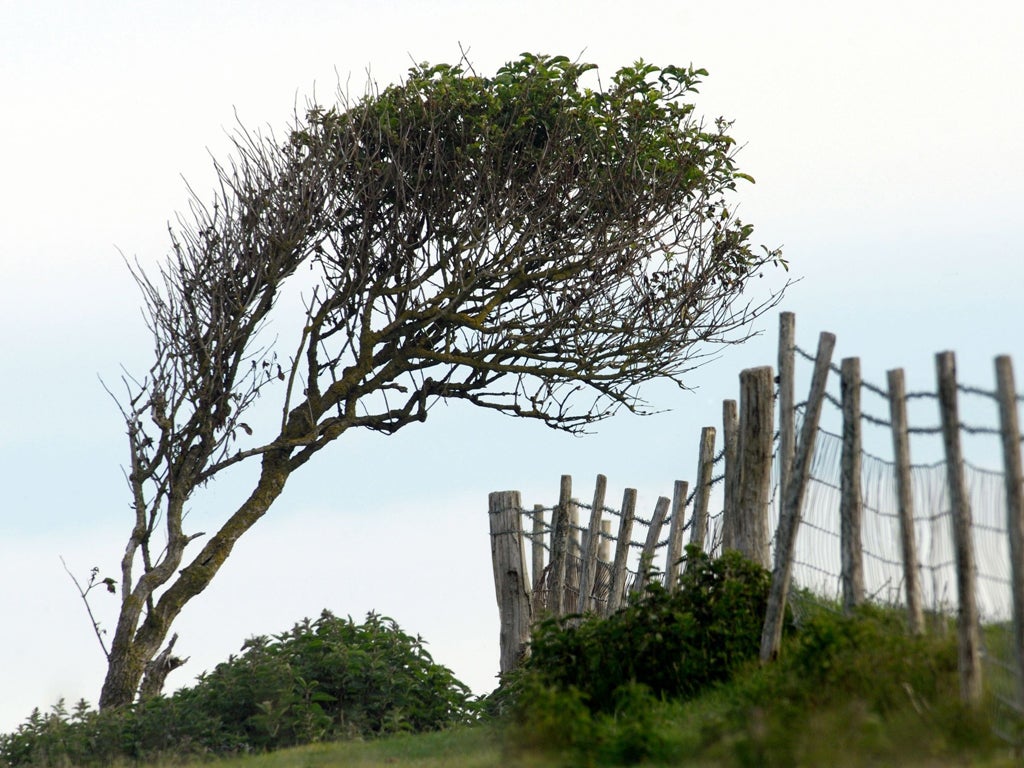Natural harmony? Listen to your elders
Get Back: A monthly series following Rob Cowen and Leo Critchley as they reconnect with the wonders of the British countryside

The human animal can still get a thrill from using wood to suit our purposes. Taking the time to carve your own whistle from an elder branch traces the handiwork of our ancestors and resounds in us long after the note has vanished into the air.
Elder is very common and easy to identify. Look around roadside verges, parks, woods, wastelands and railway lines for a bush-like, shrubby tree. It has oval-shaped, serrated leaves that grow in opposite pairs and a cracked, corky bark, grey-brown in colour. The tell-tale squashy pith, which makes it ideal whistle-making material, runs through its core.
Use a straight branch a bit thicker than your index finger and around 10cm long. At this width, the pith inside should be at its widest, taking up most of the cross-section. The ratio is important; the tube needs to be hollow enough to create a decent whistle, but not so thin that it splits during its creation. Ideally, the remaining wood will be 2-3mm thick.
With a penknife, shave away the outer bark and use a sharpened stick to push out the pith in the middle to leave a clear, wooden tube. Now cut the "voicing mouth" 2cm in from one end by slicing vertically down on to the tube at 90 degrees and meeting this line with a 45-degree cut. Repeat until the hole resembles a smile that exposes the hollow tube within.
Next, find a round stick that is a touch wider than the end of the whistle and strip away the outer bark until it fits in the tube all the way up to the edge of the voicing mouth. Then give it a flat top with one or two decisive strokes and push it snugly into place. Cover the other end and blow. The flat surface allows the air to hit the voicing mouth cleanly, whereupon it splits to produce the whistle noise.
Regardless of where you source your elder, make a patch of woodland your workshop. We set about carving whistles seated beneath slopes thick with oak, birch and hazel above the slow, shining waters of the river Nidd in North Yorkshire. This was whistle-making by royal appointment; moments earlier we had seen the sapphire-flash of a kingfisher darting away downstream. Now we stripped away the bark, our knives exposed the wet, blonde wood and, with each stroke, the smell of the inner bark, a dense, leafy brew, perfumed the air.
Carving is one of the most therapeutic pastimes possible, pulling us out of our everyday worries and stresses with gentle focus. The level of concentration required also rendered our work a silent labour, which left our ears open to the sounds of nature all around. Birds sang and fluttered about the canopy, squirrels scrambled up trunks and the reassuring murmur of the river calmed our minds. Sitting there, working in the midst of a vast and ancient forest factory awash with white wood anemone, we were subsumed, part of a wider community that stretches beyond the human.
Part of the thrill of British woodland is the stark relief it gives us from our everyday existence. Watching any animal, even one so common as the grey squirrel or ground beetle, reminds us of the mind-bogglingly varied contemporaries we share our planet with.
As we put our newly fashioned instruments to our lips, we wondered what strange creatures might be drawn to our glade. The elder tree has long been thought to be the favourite dwelling place of other, more mystical creatures. Fairies were once said to love the music from flutes made of this wood above all others.
After some adjustments to our whistles, two sylvan but distinct notes rang out. An elder whistle produces an organic, woody note, closer to that of a birdcall than anything else. It was as if we had found the language of the forest itself.
Making a whistle allows us to bottle something of the joy of the wood even when you return home. For a moment at least, when you take the whistle from a shelf and blow it, the walls and furniture fade away and you're back in the trees.
'Skimming Stones and Other Ways of Being in the Wild' by Rob Cowen and Leo Critchley is out now (Hodder/Coronet, £14.99)
Whistle while you walk
Clifton Grove Woods, Nottingham
Running for several miles from the back of Clifton Hall along the River Trent, these rich, diverse woods form part of a thriving wildlife corridor. A lovely place to secrete yourself away and carve.
Bradfield Woods, Bury St Edmunds, Suffolk
A diverse workshop awaits in this wonderful wood where hundreds of plant species and mammals make every trip an eye-opening experience. Woodworkers will feel quite at home here, too; continuous coppice management has happened here since 1252.
Tintern Abbey, Monmouthshire
Footpaths lead from the abbey through the centuries-old oak, ash, beech, birch, and yew, with the occasional elder providing perfect whistle- making material and good acoustics. The views and vistas through the trees are spectacular.
Wandlebury Country Park, Cambridgeshire
Enjoy 110 acres of woodland in this enchanted, ancient spot and create your whistle in a place where people have worked wood since the Fifth Century BC – as the Iron Age Hill Fort proves.
Join our commenting forum
Join thought-provoking conversations, follow other Independent readers and see their replies
Comments
Bookmark popover
Removed from bookmarks